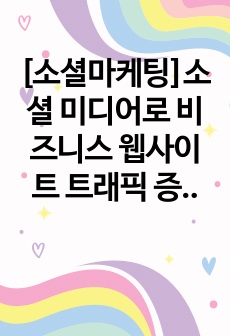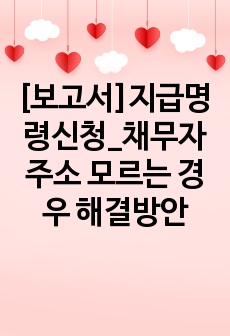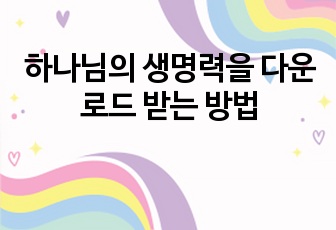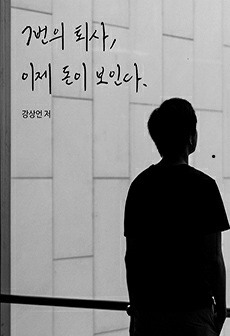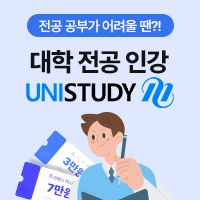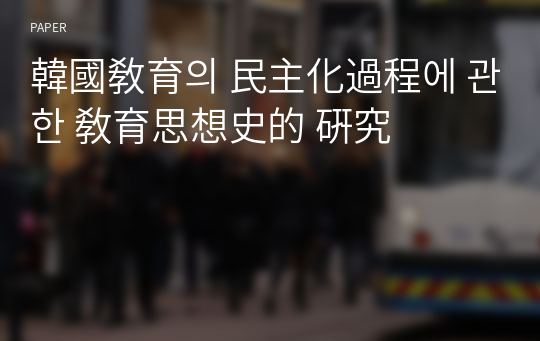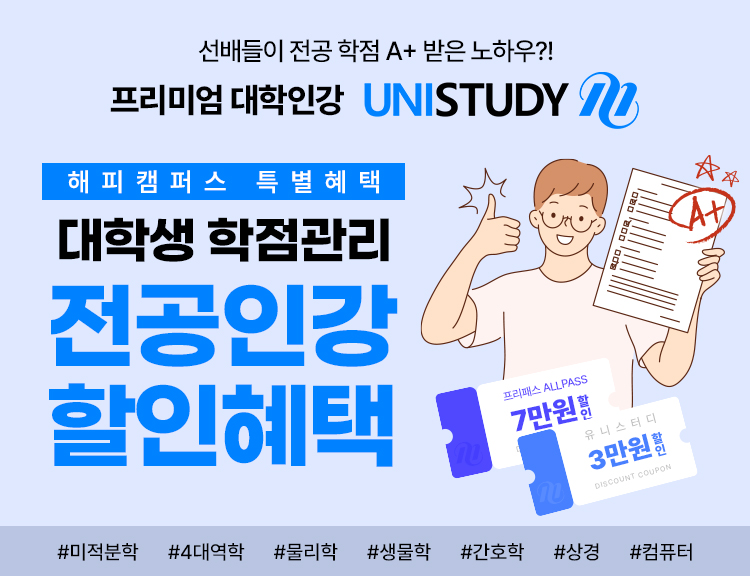* 본 문서는 배포용으로 복사 및 편집이 불가합니다.
서지정보
ㆍ발행기관 : 한국교육학회
ㆍ수록지정보 : 교육학연구 / 8권 / 2호
ㆍ저자명 : 韓基彦
ㆍ저자명 : 韓基彦
목차
第一章 民本思想과 敎育의 傳統第二章 庶民敎育의 擡頭 및 進展
第三章 民主敎育思想의 先驅者
結論
參考文獻
CONCLUSION
영어 초록
To summarize, since the most important task of modern Korean education is none other than the democratization of Korean education, the writer has tried to investigate the democratic tradition in Korean education and has made an effort to systematize it in order to understand the nature of democratic education itself. As suggested in the introduction, this thesis has two corollary purposes; an estimation of the characteristics of Korean education and the discovery of a community of human thought as it appears in the educational ideas of the world. These two purposes, however, can not be discussed fully here but must be reserved for a further study. Thus the thesis has limited its focus to the subject of the democratic tradition of Korean education.The writer has first divided the times of the democratic tradition of Korean education (educational ideas of human respect) into six periods (four periods if the 17th through the 19th centuries are rega rded as one period) and has examined them in terms of five criteria. Table No. Ⅱ has resulted from this examination. Together with Table No. I, which appeared in the introduction, Table No. Ⅱ is considered to be a diagrammatical summary of this thesis.
The following tables will help us understand the democratic tradition in Korean education. For example:
First, according to the outlook of society, the awakening consciousness of human value had emerged increasingly up until the turn of 16th century when it grew dramatically. The idea of Hongik Ingahn; the Eight Prohibitions of the law; the democratic ideas appearing in the thought of “Ihn”; the democratic decision-making process which appeared in the Chega Council of Puyo, in the Kun-gong Conference of Koguryo, and also in the Hwapaek of Silla; and the respect of public opinion which is found in “Chik-un-ban,” Pinheung, Pyukso, etc. clearly show prototypes of democratic views in traditional Korean society, though these examples alone will not substantiate any claim to that such democratic procedures were typical in traditional society.
The democratic ideas of Koryo society (the 10th through the 14th centuries) can be traced' back to the democratic ideology of Buddhism (its doctrine of democratic freedom and equality), the training of monarchs (which is the idea of the nation for the people) and the democratic war of selecting men of ability (Kwago. examination system recruiting men of ability for higher civil service). Next, the democratic ideas of the 15th and the 16th centuries may be traced back to the basic thought of Confucianism which the Chosun dynasty at that time adopted as a national ideology. The establishment of the Shinmun-ko system during the reign of King Taejong, who highly regarded human rights; the respect of public opinion which appeared in a judicial system which provided for an appeal to a higher court; the democratic methods of making. an argument which were adopted in the remonstration system; and the democratic aspects of Hyang-yak (a code of community self-government) all 'serve to suggest an existence of a kind of democratic tradition in the past. Again, the idea of abolishing social ranks and the argumentation of educational opportunity through the establishment of Sudang; the idea of human equality; an emphasis on economic ability; and the so-called idea of Shilhak (practical studies) in the 18th century-air these democratic ideas grew to become identified with the national subjectivity and the practical life of Chosun society in the 19th century. After the opening of ports to foreign trade (1876), those democratic ideas were turned into the idea of Innaechun (the idea man’s being heaven) in the Donghak philosophy (Studies of East) and into the idea of human rights. A democratization process can be noticed in the formation of these two ideas.
Secondaly, as for the ideology of education, even though the leading ideology of each period: varies-for example, whether they had the idea of nativeness or of Buddhism, Confucianism, Or Christianity as their leading ideology-there was one consistent thought which was not changed all through the periods, that is, the educational idea of human respect, or the idea of respect.
In the ancient society, “loyalty, filial piety, faith, bravery, generosity, and strength and wisdom” were highly estimated in Won Kwang’s Five Secular. Commandments. Won Hyo advocated' the idea of Hwajaeng, and Sul Chong taught Yuduk Sunjung (good ruling with virtue). Ahn Hyang of Koryo dynasty chose six virtues as being the ideas of education. They are loyalty, filial piety, manners, faith, respect, and sincerity. Lee Saek maintained the cultivation of body,. soul, character and life in accordance with the view of identifying the thought of Buddhism with the nature of Confucianism.
During the Chosun dynasty of the 15th and the 16th centuries, filial piety, public consciousness,. diligence and faith (Kwon Keun), respect (Lee Whang), respect and justice (Cho Sik), fixed purpose In life, and democratic socialism (Lee Ih) were proposed. The 17th through the 19th centuries, as the ideology of education, Lee Sik held “fairness” and “justice”; Yu Hyong Won maintained the equality of man; Lee Ik advocated the equality of man, respect of courtesy, and diligence and economy; Park Chi Won held the dignity of human nature; Lee Duk Mu proposed public consciousness and righteousness; Chung Yak Yong maintained the Silhak Spirit (the spirit of practical studies); Lee Sang Soo, practical view of life; Lee Ki, restoration of national sovereinty. Thus, we can notice here a consistent idea running through the minds of those who advocated the ideology of education the respect of humanity, an educational ideology. which highly regards the dignity of man.
Thirdly, as for the educational image of man, an individual of ability (harmonious person) was sought, though there were differences in the expressions of the idea. This is an image of a democratic man who came out of the idea of human equality and who had civility as well as ability.
A chronological survey of these ideas shows that in the ancient society a harmonious person of strength and wisdom (Hwarang trained in civil and military virtues), the middle-of-the-road man (man of independent consciousness), and a man of virtue (a ruler), an honest man (the people) were stressed. In Koryo society, man of ruling with virtue and of sincerity and respect, and a man of civil and military virtues were highly regarded. And, during the 15th and the 16th centuries a man of clear morals, a sages, a practical man and a man of civility together with ability we; emphasized, respectively. Thus, in the 17th, 18th, and 19th centuries, a schooled man of good conduct, a man of virtue and a, man of' ability (sages and able men), a democratic man of practical ability (the formation of Korean people), a man of financial ability together with moral consciousness, a man of conduct and purity achieved through training, a man of self-training and practical knowledge (man of self-cultivation and service for the world), a man of knowledge and a cultivation, a man of seeking and practicing the truth, and a man of patriotism were eagerly sought. Toward the end 01 the 19th century, it was natural for them to seek men of patriotism in the given situation of the society. Nationalism and liberalism are identified in a sence that the independence of a nation at once secures the liberty of the people.
Fourthly, in the methods of education we may notice how the respect of individuality has been put into concrete practice. For example, physical and mental training in the ancient society, audiovisual education appeared in Won Hyo’s Mu-ae-song, Sul Chong’s Metaphorical Method disclose the respect of individuality through the practice of the respect of individuality. In Koryo society, human formation through the conduct of everyday life (thought of putting knowledge into practice, i. e., the thought that the way of everyday manners leads to a life of a sage), and the understanding of the substance and respect for individuality; and in the Chosun society, the diagramic audio-visual education of Kwon Keun, the respect of individuality, the gaining of one’s essence through meditation, a correspondence course of Lee Whang, the consideration of individual distincitons, the self-gaining through self-resolution, and the deep knowledge and. courtesy through broad learning of Cho Shik, and Hyang-yak of Lee Ih-all these are educational methods
which highly estimate individuality. During the 17th. 18th and 19th centuries, the foregoing thoughts led to the ideas that the mastering of the meaning of Chinese characters was the basic' step of learning literature and the selecting men of ability through a continuous observation, a stress on normalized education which school education rather than the preparation for Kwago examination, Hyongsang (appearance)ism which held inner completion as its premise (inquiry-concentration-gradual progress-the principle of practice), the emphasis of national consciousness in the contents of teaching materials (the prohibition of reading and commentary on Chunja-mun=One Thousand Chinese Characters, Saryak, and Tongkam), a juvenile hygiene, a safety education, discipline, consideration of individual curriculum in accordance with individual differences, the principle of completion, an emphasis of practicality, systemizing the theories on the contents of instruction through the actual experiences of life, the consideration of children’s readiness and their desire for achievement, the high estimation of Three Trainings (physical, moral arid intellectual education), etc. have always the respect of individuality in their focus, though they were so various as we have seen above.
Fifthly, as for the system of education, the tendency to give educational opportunity to common people naturally led to the attachment of importance to private institutions. This is Clearly manifested in the rise and the development of educational institutions for common people which after the turn of the 17th century rapidly grew as a kind 'of public institutes run by the village. Apart from this, educational opportunities. were already being given to the children of common people, for Kuk jagarn, the National University, of Koryo dynasty had opened three colleges-the colleges of the Law, Writing, and Arithmetic-among its total six to bright children among common people, though the entrance of that institute was generally thought to be highly competitive requiring' high social standing. Moreover, Yu yong Won’s “Hyangsang-non”, which discussed the extension of educational opportunities on the basis of the abolition of social ranks, still attracts our attention. After the opening of ports to foreign trade in 1876, Lee Ki stressed the need of. public education. This, we may notice, is basically similar in- its spirit to .the high value presently placed on public education in democratic nations nowadays.
The writer has thus examined the democratic tradition in Korean education. The writer has tried to investigate and systematize the democratic tradition of Korean education from the viewpoint of the history of educational thought in terms of five criteria and six periods (from the ancient through the end of the 19th century). As suggested in the introduction, this attempt directly leads to a better understanding of the democratization process of Korean education-an understanding made so important as the democratization of education is one of the most urgent tasks facing Korea today.





